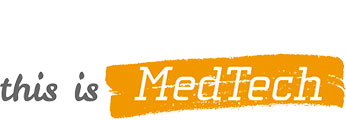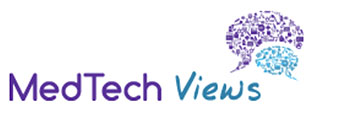Medical devices in the EU: a global leader in safety, availability and innovation
Posted on 12.11.2015
Europe is known for providing its citizens with fast access to safe technology thanks to the region’s high innovation competitiveness. Indeed, recent reports from respected academics and researchers have shown that life-saving medical technologies are made available to European patients an average of three to five years longer than those in the United States—and this without sacrificing safety. Eucomed is convinced that we can remain in this privileged situation with the support of a regulatory framework that reflects this wish for safe, efficient and cost-effective innovation.
Eucomed welcomes most of the recommended measures in the Commission’s European Medical Devices Directive proposal but is concerned that the proposed the ‘scrutiny procedure’ will negatively affect European patients, governments and industry, by slowing the availability of new technology without increasing patient safety. This procedure will fundamentally change the current system and will not lead to the desired outcome of increased safety for patients. The measure would address some political calls to move the system towards a centralised pre-market authorisation system as found in the United States but will ultimately result in harming European patients and negatively impact mostly European small and medium sized enterprises (SME).
Industry strongly supports stricter controls and monitoring of notified bodies – professional organisations that are authorized by national governments to assess the safety of medical devices before allowing them to be made available to patients (pre-market approval). Other recommendations such as increased coordination on vigilance and the establishment of a central registration database, that governments and patients can access, are welcomed as they will improve the overall safety and transparency for patients in Europe. Similar suggestions have been made by industry and can be found in its position paper “A new EU regulatory framework for medical devices”. Industry proposes a balanced six-step approach that would keep the positive aspects of the current European system while fixing the weaknesses and addressing important issues such as ageing populations and increasing pressure on national healthcare budgets.
Decentralisation: a deliberate choice
A centralised regulatory approach is not the right choice for medical technology. While health systems purchase nearly 16,000 medicines, they require over thirty times that amount of medical devices. Approximately half a million different products are supplied to the healthcare system from a global industry, most of whom, 95% 1 , are SMEs. A central approach would be completely overwhelmed with work and grind to a halt.
The move toward a centralised European device authority would also bring with it staggering financial consequences. Given the uncertain economic realities Europe is faced with, creating an entity to mirror the European Medicines Agency would be a step backward in our collective efforts to build a sustainable European healthcare system.
Europe has deliberately chosen an alternative to the centralised approach. An approach that makes sure that the safety, science and technology are sound and that health authorities have a firm grip on the reins should public health or safety be at risk. However, the recent PIP breast implant incident has made it crystal clear that healthcare actors must pull together to ensure that such a case of fraud never happens again. The medical device industry unanimously agrees that an overhaul of Europe’s regulatory framework is necessary to improve the system that has been the world’s fastest in providing life-saving technologies to patients without compromising safety.
Delayed patient access
A centralised PMA system, as found in the US, slows patient access to the latest medical technology. This approach to approval is one the US medical technology industry and its centralised regulatory body the Food and Drug Administration (FDA) are struggling with today. The same products – and hence with the same safety profile – take on average 3-5 years longer to get through the US system than the EU.
1. Eucomed calculations based on the data obtained from National Associations of 15 countries for the latest year available. Countries with (partially) provided data: Belgium, Czech Republic, Denmark, France, Germany, Greece, Ireland, Italy, Netherlands, Poland, Portugal, Spain, Sweden, UK, Switzerland.Medical technology including in-vitro diagnostics. Europe refers to EU + Norway, Switzerland.


